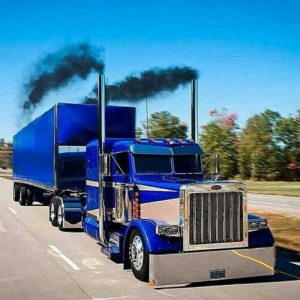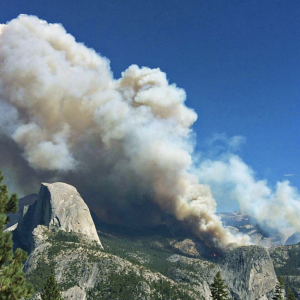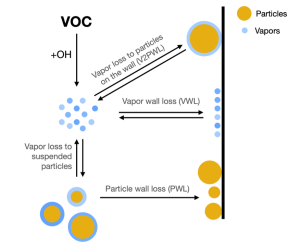Projects
Diesel Exhaust Fuel and Control (DEFCON) Study
Diesel engines and vehicles account for a substantial fraction of the particulate matter (PM) and NOx emissions from the transportation sector in the US and, globally, are an important source of urban air pollution. In 2015-2016, we conducted a series of laboratory experiments at the Engines and Energy Conversion Laboratory to probe the emissions, formation, and properties of organic compounds arising from a modern-day diesel engine, with a focus on studying the impacts from the use of different engine loads (e.g., idle versus cruise), fuels (e.g., diesel versus biodiesel), and aftertreatment systems. The study was partly funded by Colorado State University and was done in collaboration with Profs. Delphine Farmer, Paul DeMott, and Sonia Kreidenweis.

Key Publications:
- Secondary formation of organic aerosol (Jathar et al., ES&T, 2017) and the influence of intermediate-volatility organic compounds (Eluri et al., ACP, 2018)
- Primary emissions and secondary formation of isocyanic acid (Link et al., GRL, 2016; Jathar et al., ACP, 2017), organic acids (Friedman et al., ES&T, 2017), and ice-nucleating particles (Schill et al., GRL, 2016)
- Volatility (Jathar et al., AE, 2020) and oxidative potential (Sharma et al., ESPI, 2019) of primary organic aerosol emissions
Biomass Burning
Biomass burning, which includes wildfires and biofuel combustion, is the largest combustion-related source of organic compounds to the atmosphere. These emissions can contribute substantially to regional and global air quality and radiative effects. For instance, in 2016, we participated in a large laboratory campaign – led by the National Oceanic and Atmospheric Administration (NOAA) – to study the emissions and chemistry of organic compounds in wildfire smoke. This work was funded by NOAA and the National Science Foundation.

Key Publications:
- Critical review of laboratory and field studies (Hodshire et al., ES&T, 2019) and influence of fire and environmental variables (Hodshire et al., JGR, 2018) on smoke aerosol aging.
- Precursor contributions to secondary organic aerosol in biomass burning experiments (Akherati et al., ES&T, 2020)
- Evolution of organic aerosol size, composition, and properties in wildfire plumes (Akherati et al., ESA, 2022; June et al., 2022)
- Emissions and radiative effects of sub-10 nm particles from cookstoves (Jathar et al., AS&T, 2020)
Aerosol Processes
Atmospheric aerosols undergo a large number of complex physical and chemical transformations, processes that eventually control their properties and impacts on climate and human health. We have developed several kinetic, process-level models to simulate the multiphase and multigenerational oxidation chemistry and gas-particle partitioning of organic aerosols. These kinetic models have been applied to study the precursors, processes, and properties of organic aerosol in laboratory and field environments.

Key Publications:
- Development of chemistry-microphysics organic aerosol models (Akherati et al., ES&T, 2020; Jathar et al., ESA, 2021).
- Secondary organic aerosol formation from model VOCs (He et al., 2022) and VOC mixtures (He et al., 2020).
- Influence of vapor and particle wall artifacts (Bilsback et al., ES&T, 2023) and aerosol phase state (He et al., 2021) on secondary organic aerosol formation in laboratory reactors.
- Homogeneous (O’Donnell et al., JGR, 2023) and heterogeneous (Garofalo et al., ES&T, 2021) nucleation of organic aerosol.